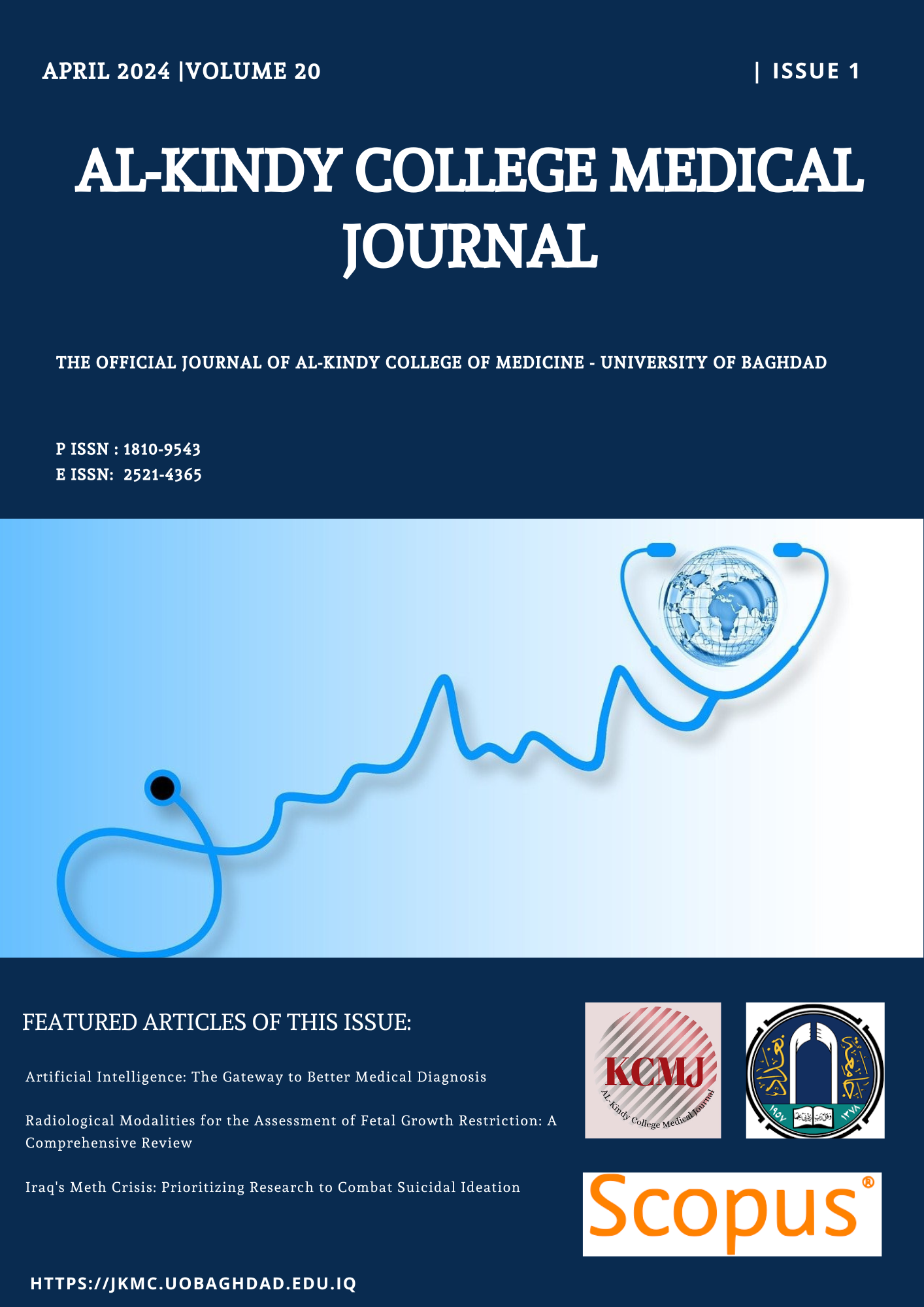Role of Beta Trace Protein and Cystatin C as a Potential Biomarker for Early Detection of Type 2 Diabetic Nephropathy
DOI:
https://doi.org/10.47723/a2qf5d64Keywords:
Type 2 diabetes mellitus, Diabetic Nephropathy, Beta Trace Protein, Cystatin CAbstract
Background: One of the most well-known diabetic microvascular consequences is diabetic nephropathy, which affects 40 percent of people with diabetes mellitus type 2. It develops into end stage renal disease, and diabetes biomarkers can be used as a predictor.
Objectives: This study aimed to determine the concentration levels of serum Beta Trace Protein and serum Cystatin C in all stages of diabetic nephropathy disease.
Subjects And Methods: A Case- control study included 120 Persons (30-persons appeared healthy as control and 90 patients proved with T2DM of both gender (64 males and 56 females), split into four groups by using urinary micro-albumin and albumin to creatinine ratio (UACR) as following: group-I: includes 30persons as a healthy control (UACR < 30 mg/g creatinine). Group-II: includes 30patients with type2 DM normoalbuminuria (UACR < 30 mg/g creatinine) as a positive control. Group-III: includes 30 patients with type 2 DM microalbuminuria (UACR 30 – 300 mg/g creatinine). Group-IV: includes 30 patientsا with type 2 DM macroalbuminuria (UACR˃ 300 mg/g creatinine), all groups with ages ranges between (40-69) years. in allا groups, Beta Trace Protein and Cystatin C quantitative enzyme immunoassay (double-antibody sandwich), calculated in serum and both biomarkers using the same methods.
Results: Patients with diabetes have statistically substantially increased blood levels of Beta trace protein and Cystatin C. with macro-albuminuria groups in comparison to micro-albuminuria, normo-albuminuria and healthy control in addition, the mean for the micro-albuminuria group was greater than for the healthy control and normo-albuminuria groups.
Conclusion: A rise in blood Beta trace protein and Cystatin C levels in the early nephropathy group microalbuminuria, which may be used as a predictor for early diagnosis of diabetic nephropathy.
Downloads
Published
Issue
Section
License
Copyright (c) 2024 AL-Kindy College Medical Journal

This work is licensed under a Creative Commons Attribution 4.0 International License.














